Advertisement

Highlights and insights from recent Cleveland Clinic experience

First-ever procedure restores patient’s health
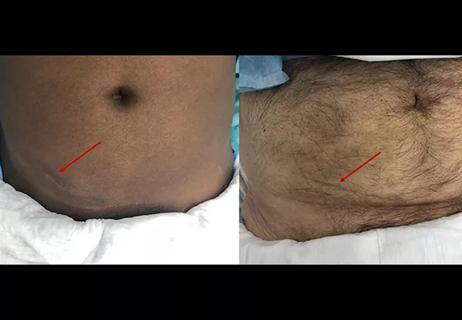
Smaller incision may lead to reduced postoperative pain for some patients

Long-term lung allograft outcomes clinically unaffected by organ exposure, study finds
Advertisement
Cleveland Clinic is a non-profit academic medical center. Advertising on our site helps support our mission. We do not endorse non-Cleveland Clinic products or services. Policy
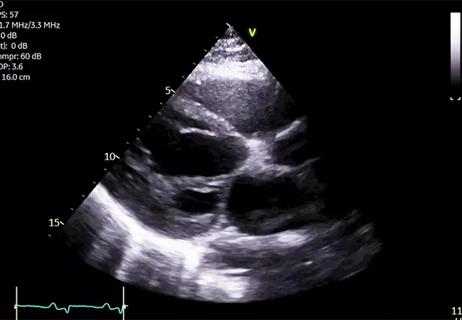
Young man saved multiple times by rapid collaborative response
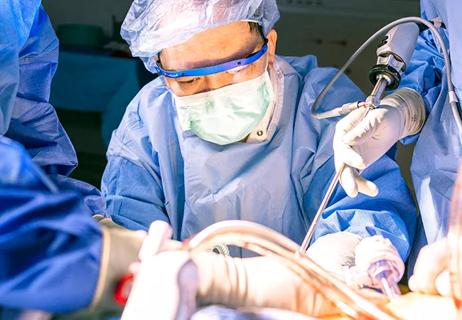
Improving access to lifesaving kidney transplant

Program expands as data continues to show improved outcomes

Survey gauges caregivers’ knowledge, opinions about ‘full code’ requirements
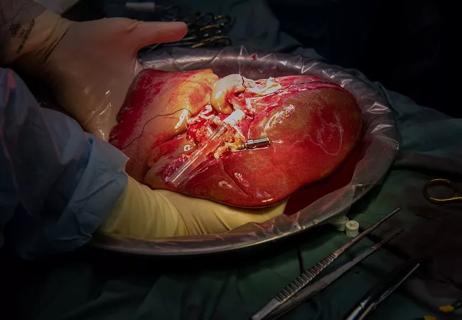
Research examines risk factors for mortality
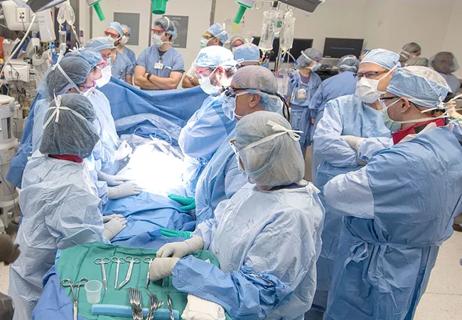
Aggregate data demonstrate a safe and effective treatment for uterine factor infertility
Advertisement
Advertisement